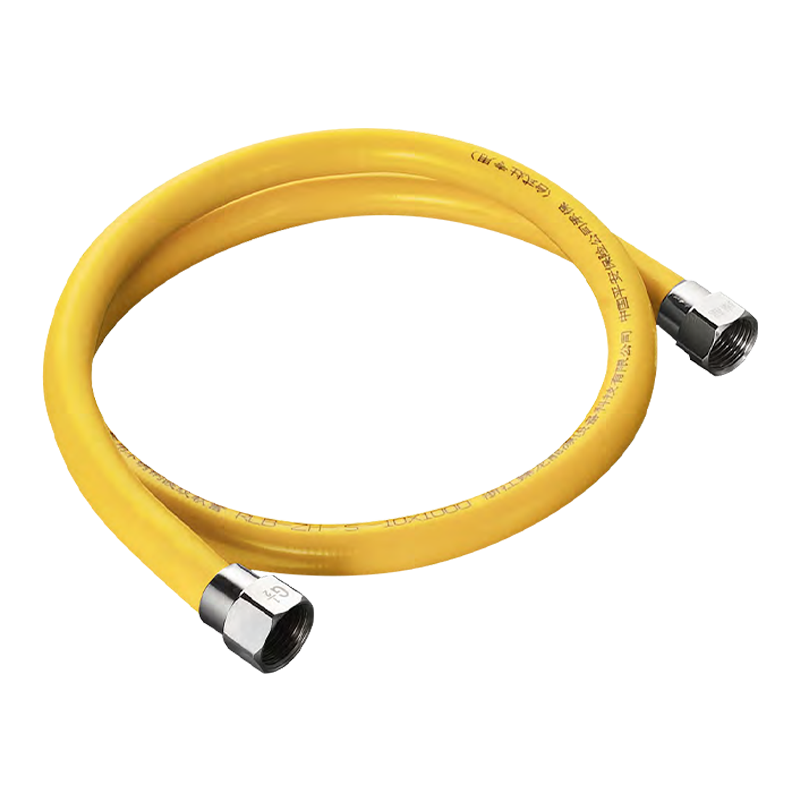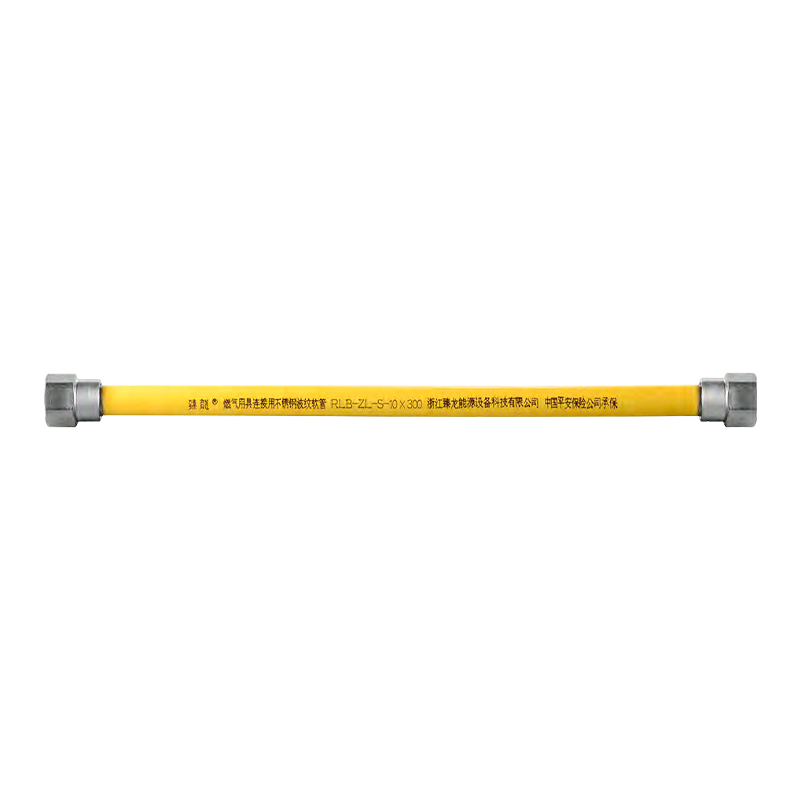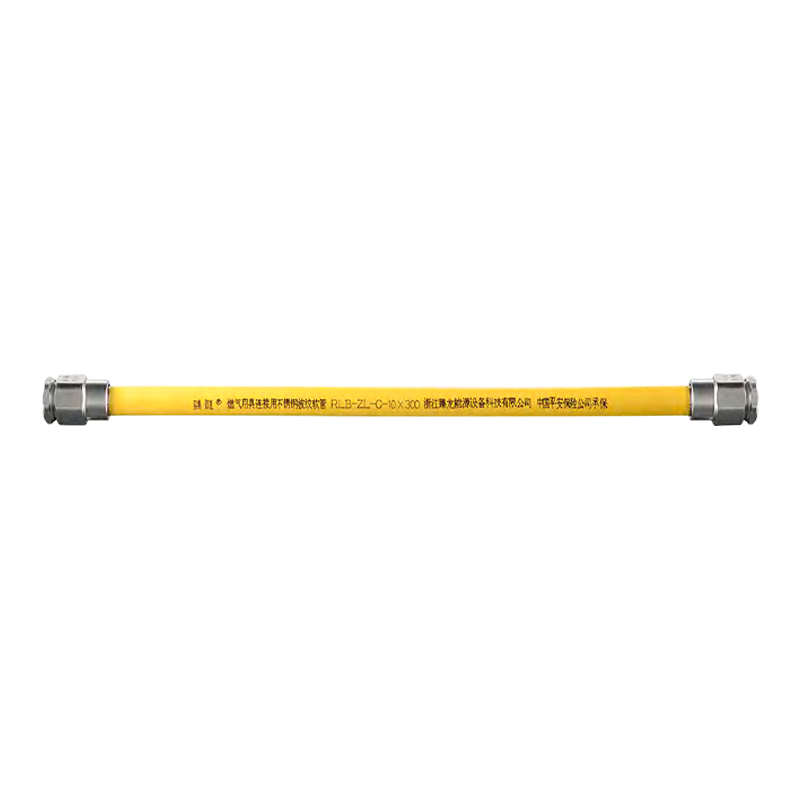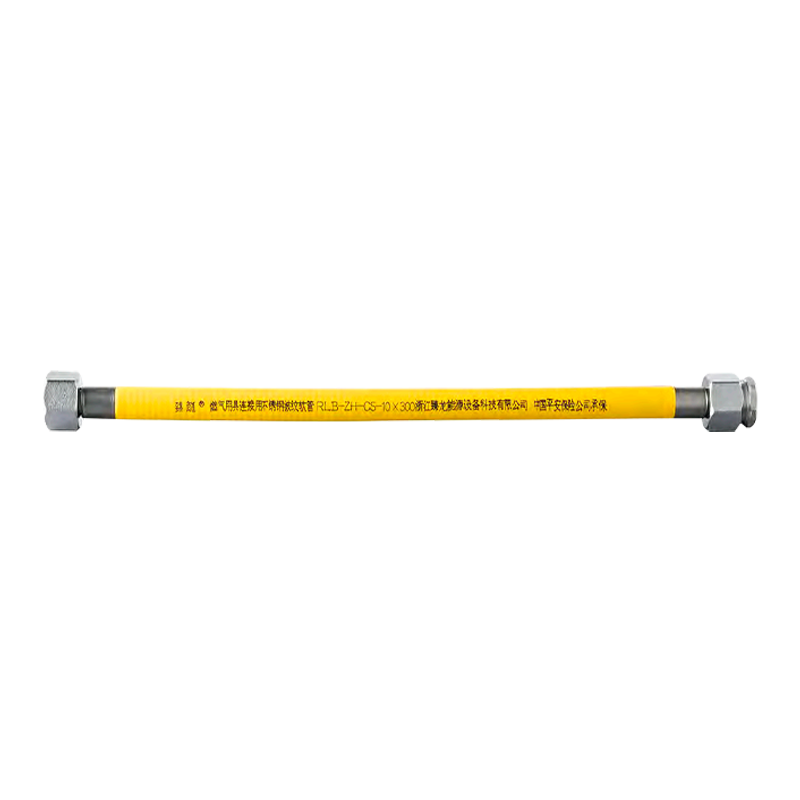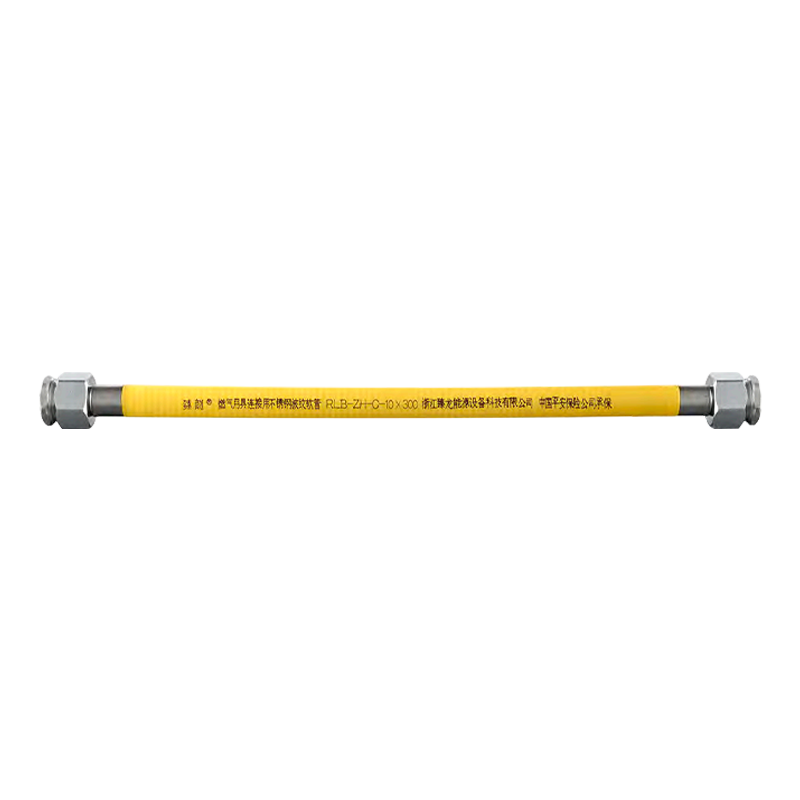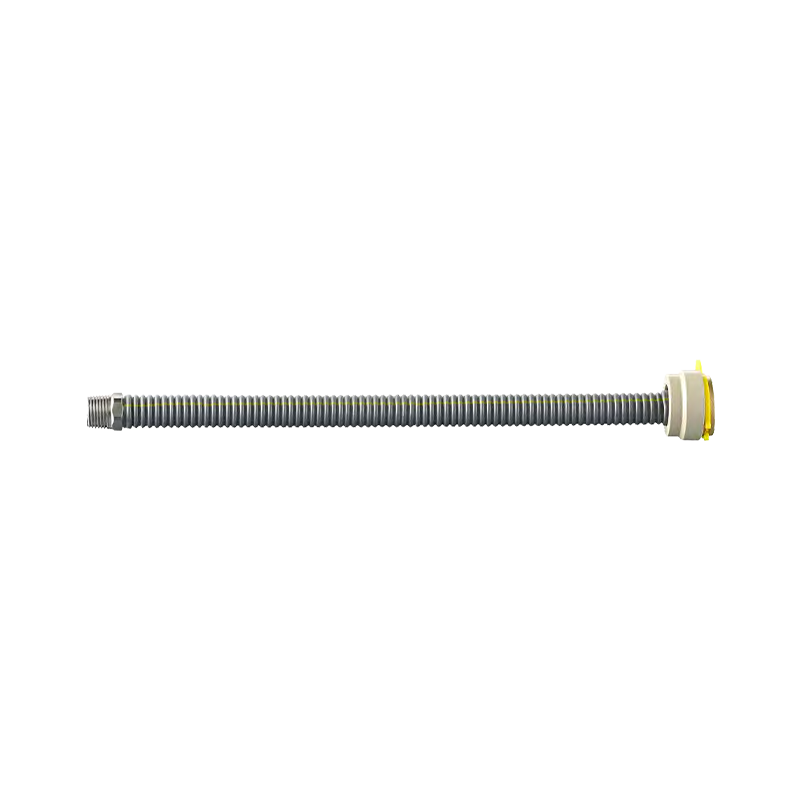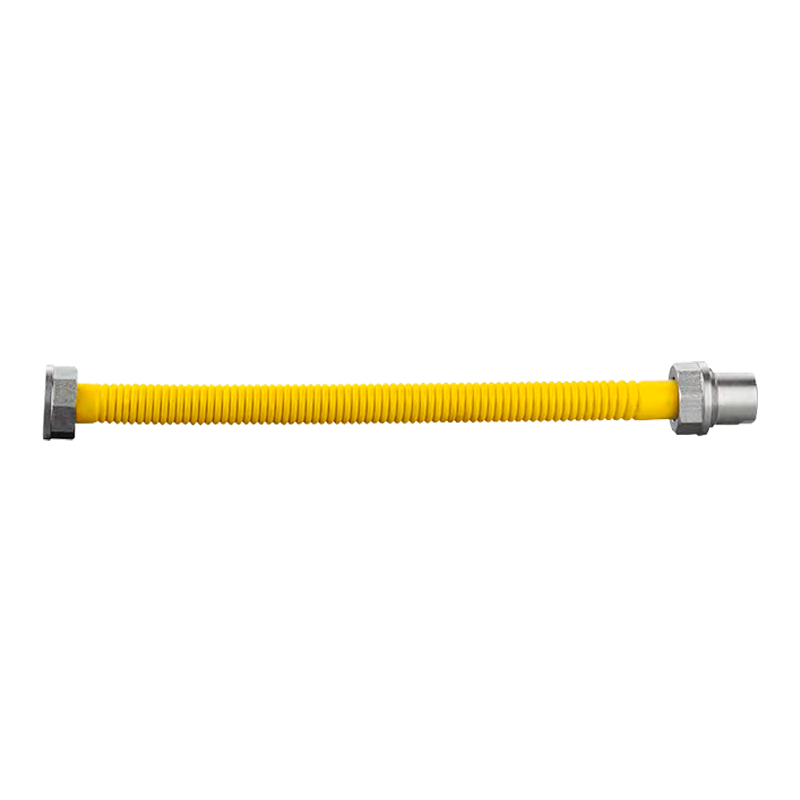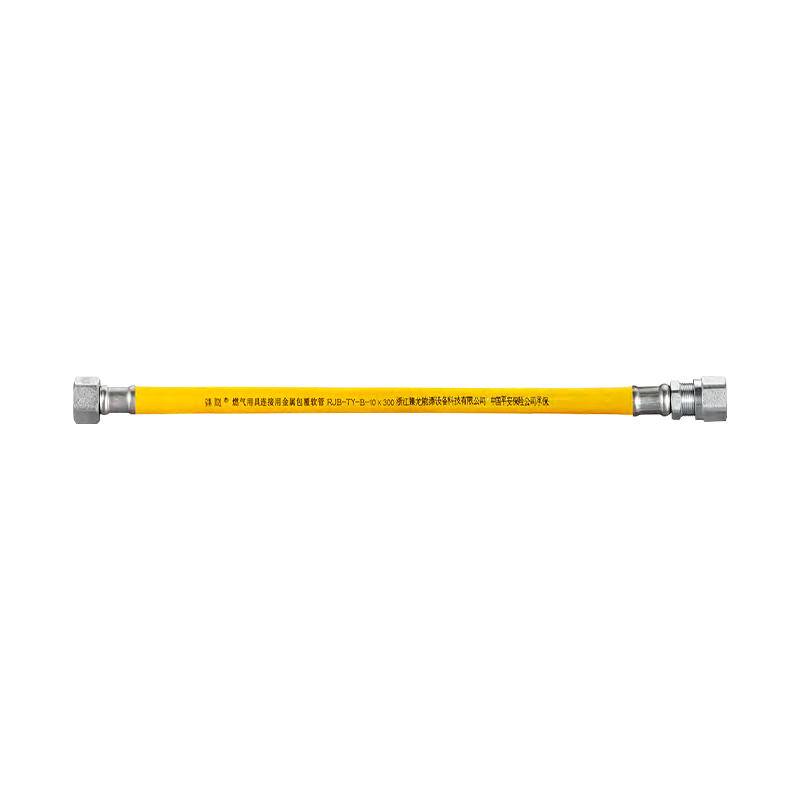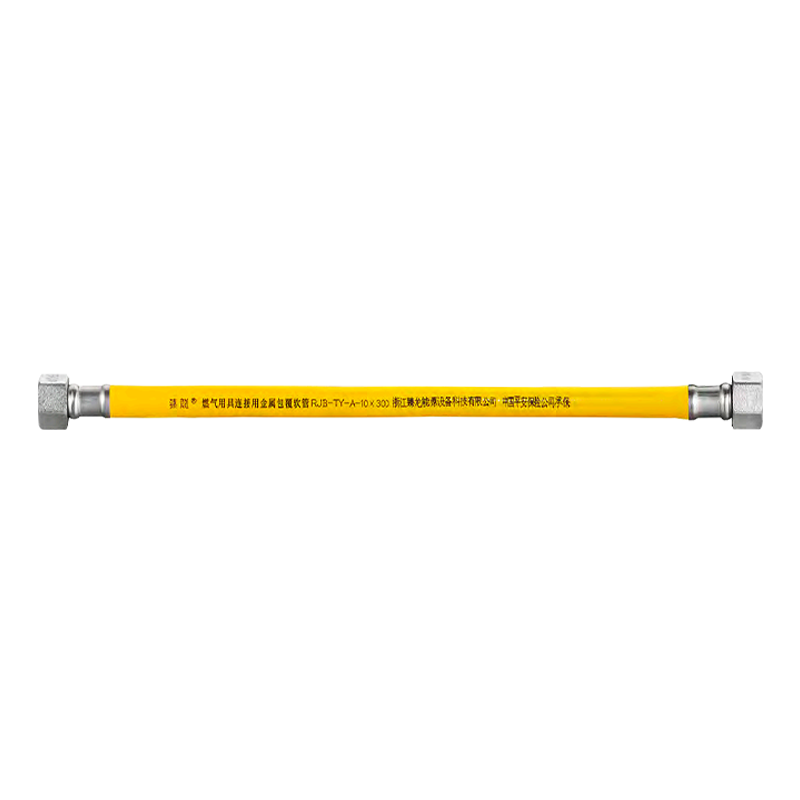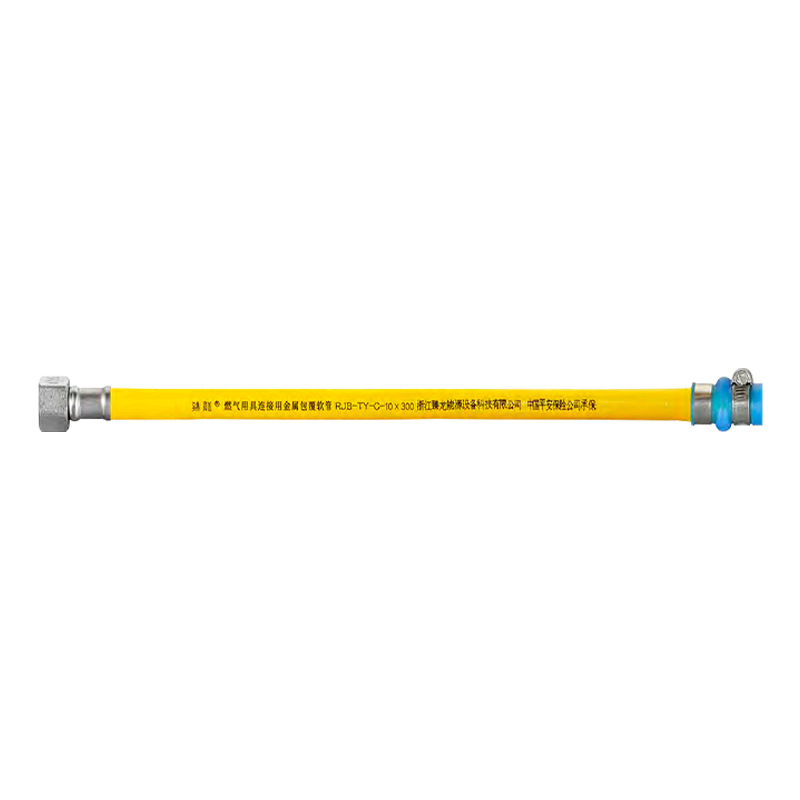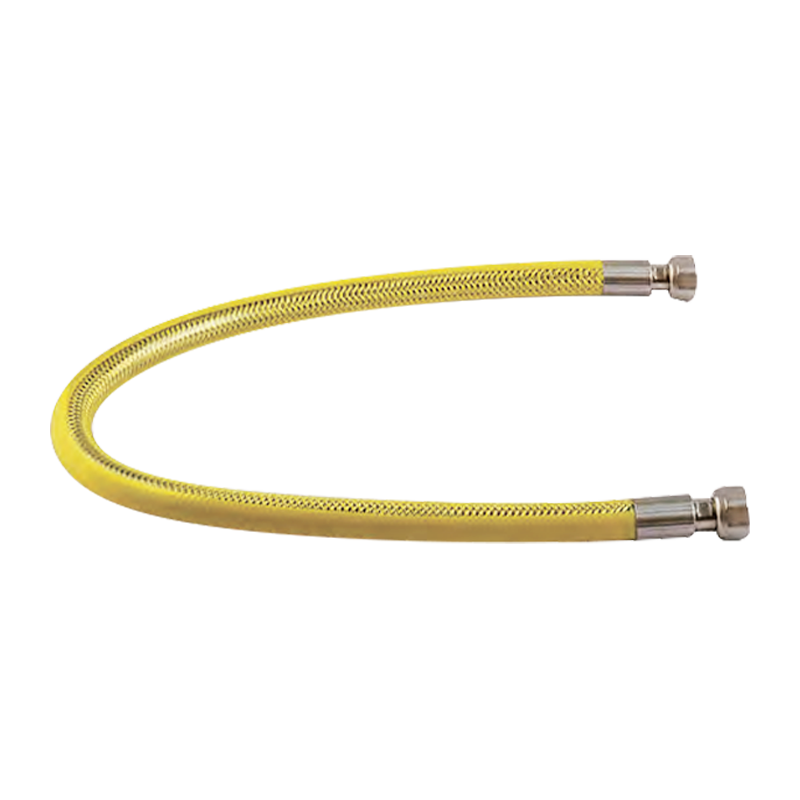1. Daily inspection and appearance maintenance
Appearance integrity inspection——
Frequency: at least once a month, increased to once a week in high-risk working environments.
Content: Check whether there is oil, rust or cracks at the stainless steel corrugated hose connector (especially pay attention to the threaded connection part). Observe whether the surface of the bellows is deformed, indented or locally expanded. Check whether the sealing gasket is aged and cracked.
Connection stability test: Manually shake the connector to check whether it is loose (the gas specification requires the torque value of the connector to be ≥15N·m).
If looseness is found, tighten the bolts step by step in diagonal order to avoid unilateral force causing sealing failure.
2. Cleaning and anti-corrosion treatment
Dirt cleaning: Use a soft cloth dipped in alcohol or neutral detergent to wipe the metal surface of the stainless steel corrugated hose connector. Strong acid and alkali solvents are prohibited (avoid corroding the stainless steel passivation layer). Stubborn oil stains can be treated with a special metal cleaning spray. After spraying, let it stand for 2 minutes before wiping.
Anti-rust measures: When stainless steel corrugated hose joints are exposed to salt spray environments (such as coastal areas), anti-rust oil needs to be sprayed every six months. If rust spots are found, they need to be lightly polished with fine sandpaper and then coated with passivation paste.
3. Physical damage prevention and stress control
Bending radius management: The bending radius of the hose must be ≥10 times the pipe diameter. Excessive bending will cause fatigue fracture of the steel wire in the corrugated pipe layer.
Reserve slack margin during installation (recommended length redundancy of 5%~10%) to avoid thermal expansion and contraction or equipment vibration pulling off the joint.
External protection: Install a corrugated pipe sheath (such as a stainless steel braided mesh sleeve or a PVC spiral sheath) when crossing the mechanical area. The joint is prohibited from being pulled by external forces (such as hanging heavy objects or stepping on).
Vibration environment: When used near air compressors, pumps and valves, install shock-absorbing brackets (such as rubber damping blocks or spring hangers).
4. Sealing and leakage detection
Regular airtightness test: Apply the foam leak detector to the joint and observe whether there is bubbling.
Instrument assistance: The combustible gas detector probe is scanned 1cm away from the joint. If the concentration is greater than 100ppm, emergency treatment is required.
Sealing replacement: Rubber gaskets need to be replaced every 2 years, and metal winding gaskets need to be replaced every 5 years.
Thread sealing: Remove the old raw tape and keep it in the opposite direction of the thread when rewinding (PTFE thread sealing tape is recommended).

 English
English 中文简体
中文简体 Español
Español عربى
عربى


